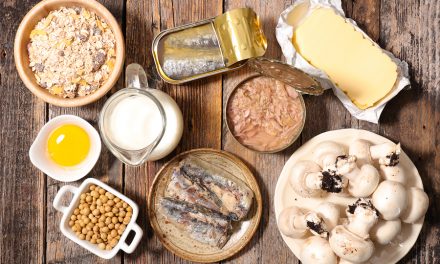Until very recently I thought that when I ate a raw almond I was eating a “raw” almond. However, it seems that’s not the case. You see, all California almonds (and almost all almonds in our country come from California) are either heat-pasteurized or treated with a fumigant! 1
RELATED STORY:
One of those two processes has been required by law since 2007 in order to prevent foodborne illness. However, once it’s been pasteurized it really isn’t raw anymore. The term is incredibly misleading. But this rule doesn’t just apply to almonds; other nuts, seeds, and dried fruit, by law, must be pasteurized. And, if they aren’t steamed, they “must be fumigated with a chemical called propylene oxide, or PPO.”2 Yum.
RELATED STORY:
RELATED STORY:
Current studies show that pasteurization doesn’t change the nutritional value of almonds so other crops (walnuts, pistachios, and dried apricots) are preparing for what they see as an inevitability.
Have you ever tasted an actual raw almond? Which taste do you prefer?












